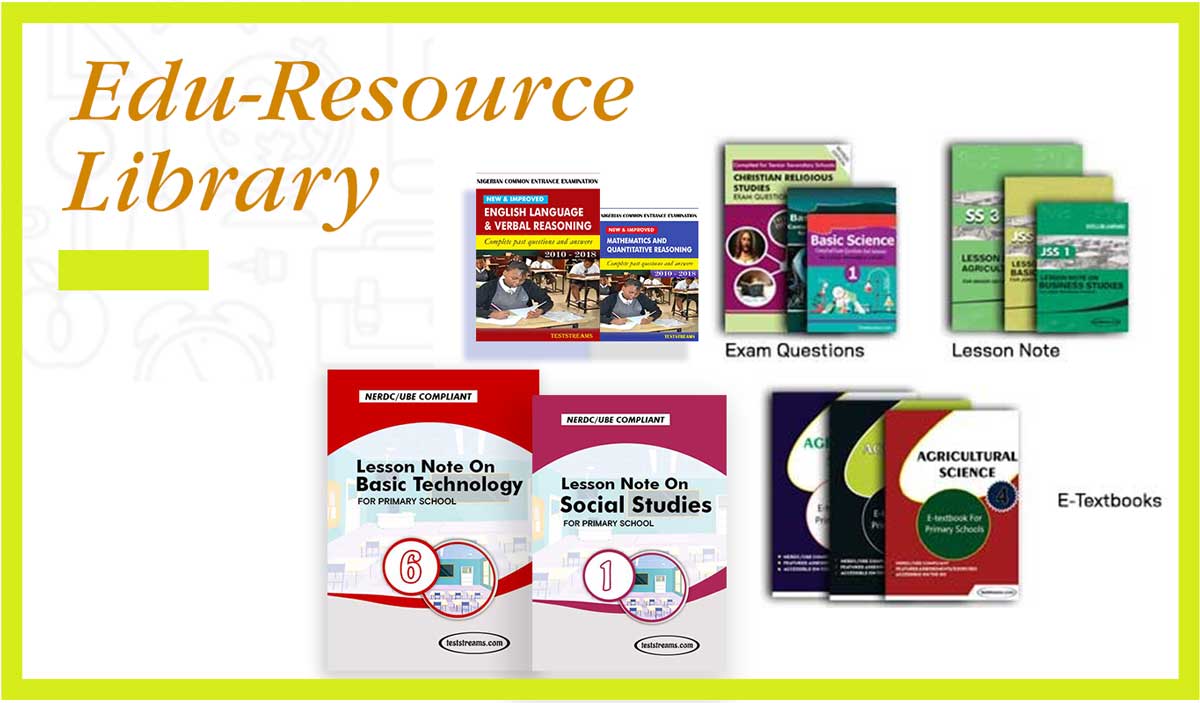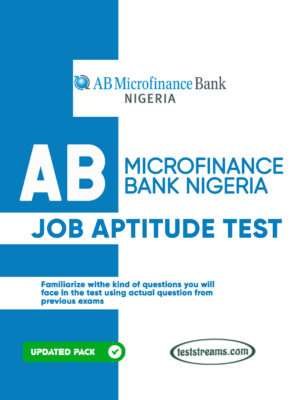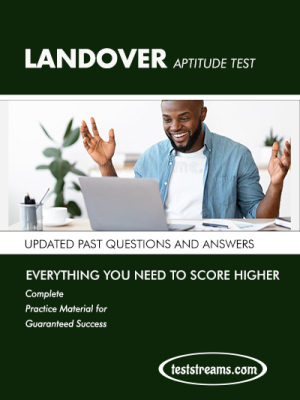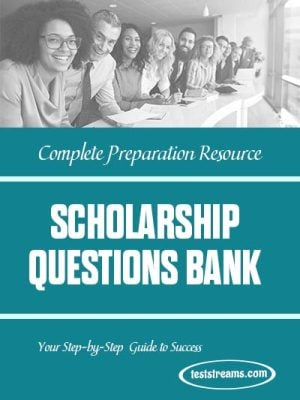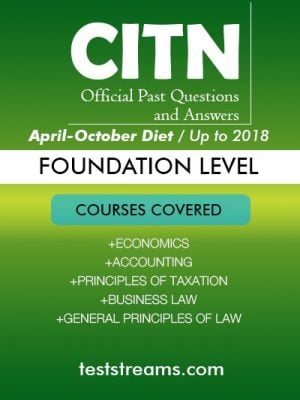NAPPS SCHEME OF WORK SECONDARY FOR SENIOR SECONDARY SCHOOL (SS1 – 2)
3RD TERM
MATHEMATICS
| WEEKS | SS1 | SS2 |
| 1. | MENSSURATION The concepts of 3rd a shapes cube, cuboids, cylinder triangular, prism, cone, rectangular based pyramid, total surface area of cone, cylinder and their volume | Revision of second term’s work and review of examination questions of the previous term with emphasis on difficult areas and Trigonometrically ration. |
| 2. | (a) Volume of frustums of cone, rectangular based pyramid and other pyramids (b) Proofs of angles Triangle = 1800. (c) the exterior angle | (b) T B /AR/=/BT/ |
| 3. | GEOMETRICAL CONTRUCTION (a) Revision of construction of triangle (b) Drawing and bisection of line segment (c) Construction and Bisection of angles 90o, 45o, 1350, 221/20, 571/2 (d) Construction and bisection of angles: 30o, 60o, 90o, 120o, 1500, etc | Trigonometry: (I) Derivation of sine rule and application (ii) Derivation of cosines rule and application |
| 4. | CONTRUCTION (a) Construction of quadrilateral polygon i.e. foursided figure with given certain conditions parallelogram (b) Construction of equilateral triangle (c) Locus of moving points including equidistance from two lines of two points and constant distance from the point | Bearing: (i) Angles of elevation and depression (ii) Definition of 4, 8 and 16 cardinal point (iii) Notation for bearings – Cardinal rotation NOOE, SOOW -3 digit bearing e.g. 0750, 3500 (iv) Practical problems on bearings |
| 5. | DEDUCTIVE PROOF: (a) Sum of angles of a triangle (b) Relationship of triangle on a straight line (c) Revision of angle on parallel line cuts by a transversal line. (d) Congruent triangle (e) Properties of parallelogram and intercept theorem | Revision of work done in statistics in SS1. Calculation of class boundaries, interval and work calculation of cumulative frequencies |
| 6. | STATISTICS (a) Collection and Tabulation and presentation of date e.g data from height, ages, weight, test and Examination scores of students from different schools, classes etc. (b) Different species of animals and types of vehicle etc. | Cumulative frequency graph: (i) Drawing of cumulative frequency curve (graph) or give (ii) Using graph of cumulative frequencies to estimate median Quartile, percentiles and other relevant estimate Application of give to every day life |
| 7. | Calculation of Range, median and mode of upgrouped data. (a) Data already collected by the students (b) Data collected from other statistical records. | Revision of the first half term’s work and periodic test. |
| 8. | Collection, tabulation and presentation of grouped data. (a) Data from heights, ages weights, test and examination scores of student. (b) Population of students from different classes | (a) Determination of the means, median and mode of grouped frequency data. (b) Definitions and examples of: (i) Experimental out comes. (ii) Random experimental (iii) Samples space (iv) Samples points (v) Event space (vi) probability |
| 9. | Calculation of range, media and mode of grouped data (a) Data already collected by the students (b) Other statistical records | Probability: (a) Chance Instruments: (i) The dice, (ii) The coins (iii) Park of playing cards b) Theoretical: probability relative, limiting values of relative frequency (c) Definition and unbiasedness of equiprobable sample space. Simple probable on equiprobable sample space |
| 10 | STASTISTICAL GRAPHS (a) Drawing of bar chart, pie chart and histogram. (b) Cumulative frequency curve (c) Reading and drawing inferences from the graph | (a) Addition and multiplication rules of probability: (i) Mutually exclusive events and addition “OR’’ rule (ii) Complementary events and probability rule (iii) Independent events and multiplication ‘’AND’’ rules (b) Solving simple problems on mutually exclusive in depended and complementary event, and experiment without eplacement (c) Practical Application of probability in Health, finance population etc. |
| 11. | Means deviation, variance and standard deviation. Solving practical problems related to real life situations | REVISION |
| 12. | REVISION AND EXAMINATION | EXAMINATION |
Click the links below to get any resources you want.
- Lesson note for primary and secondary schools
- Exam questions for primary and secondary schools
- Etext books for primary schools
- Common Entrance Math Exam Questions and Answers
- Common Entrance Questions and Answers English and Verbal
- UTME Exam Preparation
- BECE and JSCE past questions
- SSCE / WAEC Past questions

